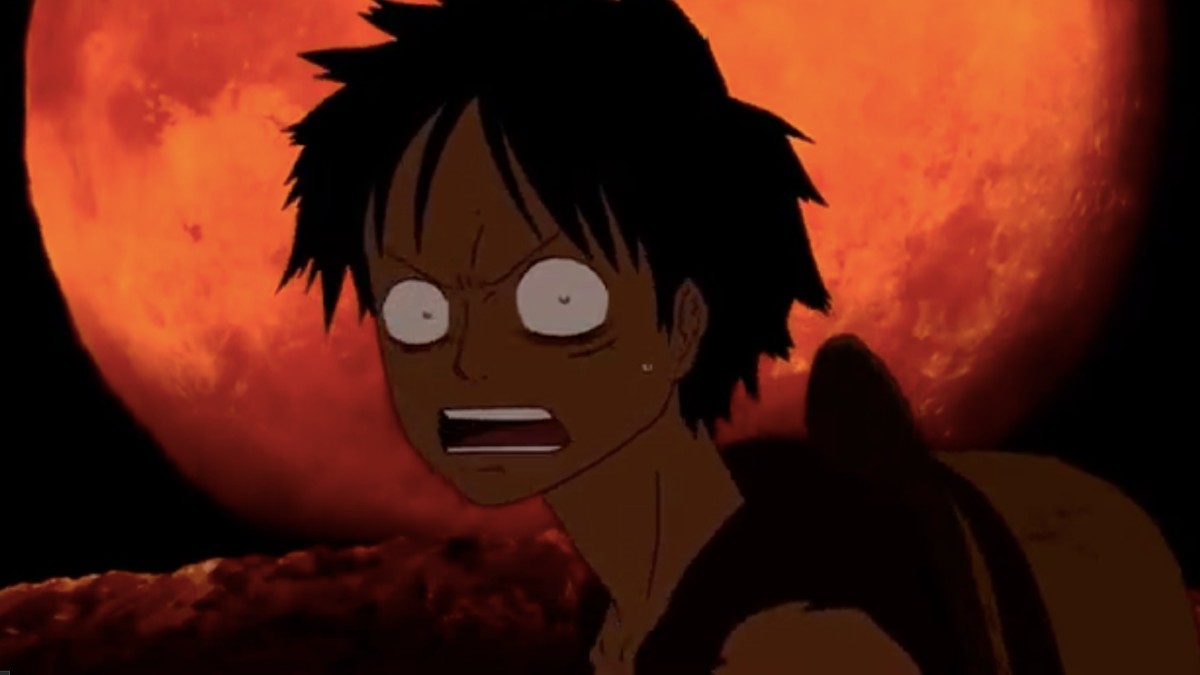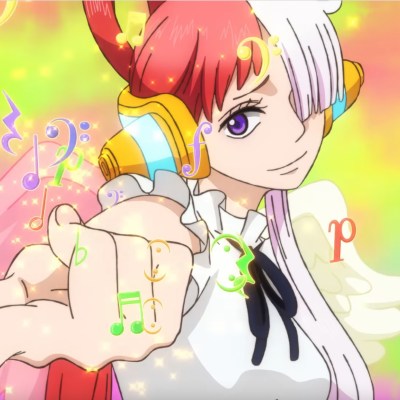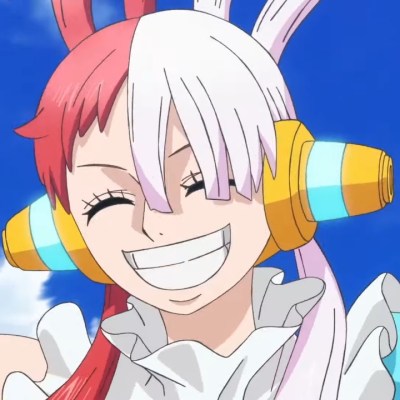You know what I think about a lot? That is, aside from eating every Ferrero Rocher chocolate in existence, or the Facebook group where you have to talk like a boomer? I think about that long-standing rumor/report that Quentin Tarantino was attached to do a Star Trek film. In theory, the pairing of the beloved sci-fi property and all of its classic idealism with the lad who directed Inglorious Bastards would be…slightly (very) unorthodox — or just flat-out unnecessary.
But then I keep coming back to the same thought: I would still watch the hell out of it. Because while the combination of the artist and the art could not be more dissimilar, the potential for an invigorating new interpretation makes it worthwhile, especially in an IP-happy era where genuine auteurship is harder to come by.
In fact, to a smaller extent — hear me out, this is gonna be good — what if I told you the experience of a Tarantino Star Trek film might not be all that dissimilar from a 2005 anime film from the mega-popular series One Piece? Considering that 14 One Piece movies have been released, with another — One Piece Film: Red, being the latest — it would take quite a lot to stand out. Well, there happens to be a horror-laced movie, Baron Omatsuri and the Secret Island, released way back in 2005 that is not only a unique take on the franchise, but also one of the best things it’s ever produced.
If you couldn’t tell by the sheer number of movies, One Piece is an anime that has seemingly been going on forever. Trying to eloquently, and efficiently, explain the story of One Piece is like trying to hit a hornet with a slingshot while riding a monster during rush hour traffic in LA. But we’ll try all the same.
One Piece follows Monkey D. Luffy, a young silly boy who is made of rubber after accidentally eating a magical “devil fruit”, as he assembles his own eclectic crew, the Strawhat Pirates, for an adventure to become the king of the pirates. For the most part, the anime presents itself in a colorful, action-packed, and zany attitude, feeling much in common with your typical Saturday-morning cartoon.
Sure, there’s occasional blood and violence, but the vibe is welcoming and energetic enough on a surface level. Baron Omatsuri surely has all of those ingredients, too, but hidden inside the happy meal is that extra onion ring you didn’t order, with the addition of it having been dipped in Tabasco sauce.
The viewing experience of Baron Omatsuri goes from being something along the lines of the good-natured Pokemon Heroes to a version of the nightmarish Akira. The start of the movie sees the crew traveling to a new island, participating in a series of competitions hosted by eponymous Baron Omatsuri. They try to catch fish, race across the watery ravines in the town, and even participate in a little cooking contest. And then things noticeably shift, like the small town of Hawkins and the Upside Down in Stranger Things, to being outright terrifying.
It starts with its visuals, which are a vast departure from anything showcased in the anime and previous movies, that are a lot more somber and simplified. Not that all of it is dour — there’s still plenty of radiant visual flare to be found, especially for much of its first half — but the rougher edges of the character designs feel oddly appropriate, and the environments feel ominous and spiritual, like a Studio Ghibli movie.
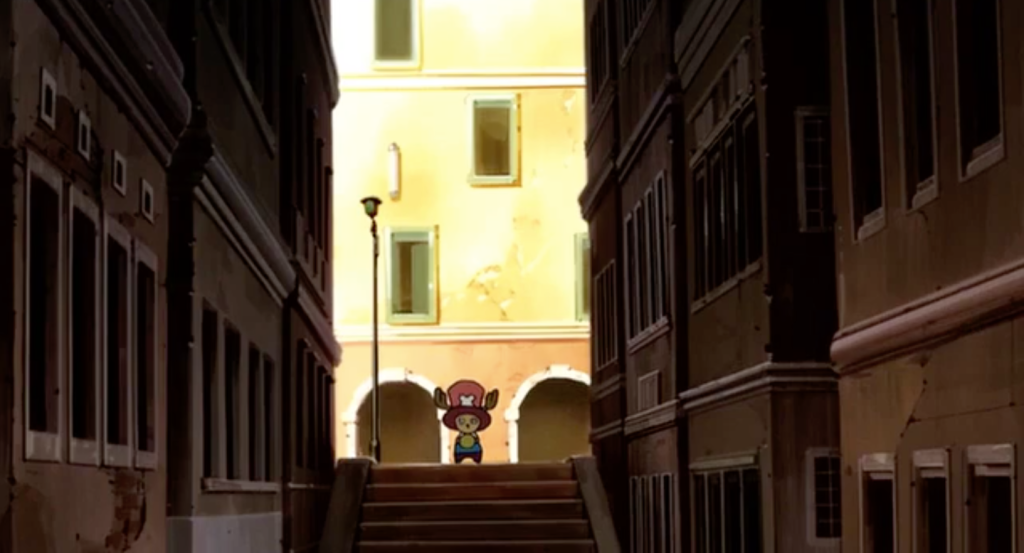
While referencing Ghibli movies has practically become a cliche at this point, the comparison is particularly warranted here given that the film’s director, Mamoru Hasoda, was once a part of the acclaimed Japanese animation studio. In fact, he was originally tapped to direct the now-iconic Howl’s Moving Castle, but left due to some strong creative differences. It begs the question as to what the Ghibli film might’ve looked like if it were helmed by Hasoda, as Baron Omatsuri doesn’t shy from showcasing some of the most gruesome images in the franchise.
The empty alleyways on the island, the grotesque transformation of Omatsuri, to a dark-red moon engulfing the entire screen as Luffy turns his face in horror; at times, it all feels like a literal depiction of hell. There’s a stillness in many of these scenes, with no accompanying music, that effectively fills you with a sort of dread for the looming future.
But it isn’t just visuals. The film addresses the theme of grief heavily, and that central theme is what is arguably even more disturbing to dwell on. Omatsuri, a former pirate who at one point had his own colorful, loving crew, goes insane after they were all killed, luring would-be travelers and killing them in order to supply a magical force that brings his crew back to him temporarily. The film almost makes a point that anyone could have turned out like Omatsuri, especially seeing how joyful he used to be with his crew. That same amount of jubilance suggests that even someone like our beloved rubber boy could have gone down this route.
And while not exclusive to Baron Omatsuri, there’s something I’ve always found to be particularly unnerving about typically positive heroes being treated in such gruesome ways — especially in the world of animation. Not that it’s strictly easier to watch Ellie from The Last of Us Part 2 go through it, but there’s a reasonable level of expectation going into it.
I’ve been asked by some of the people in my life why I love One Piece, and specifically Luffy, so much. It’s not just because he’s objectively hilarious, but because, despite having the IQ of an anemone bean dipped in radioactive waste and no real desire to rule over people, he accidentally becomes one of the greatest threats to the very people that do want to rule over people.
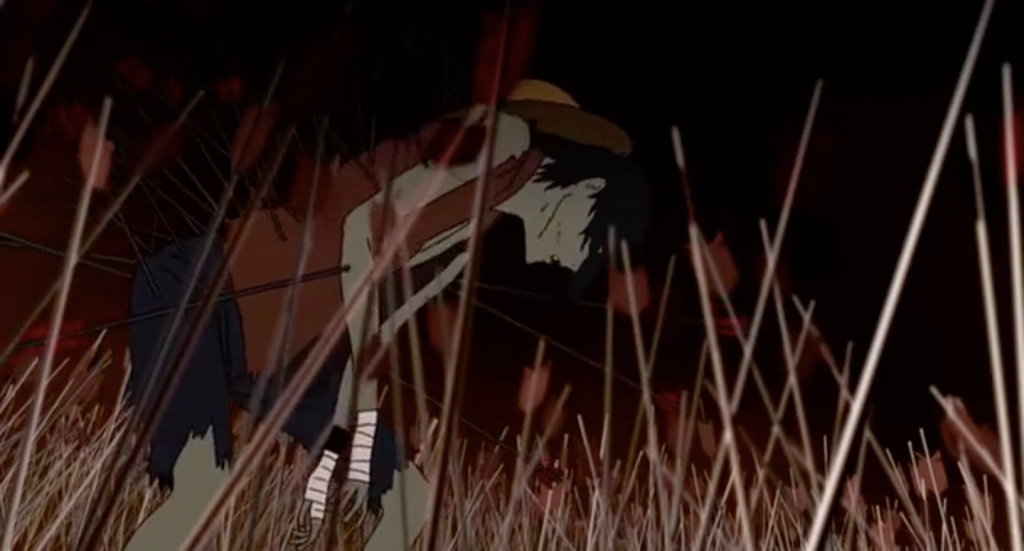
So, seeing a character I cherish being bombarded by a series of arrows, and seeing his friends essentially die in front of him, wailing in agony, is genuinely upsetting. It makes you feel sick. I often find the reactions by heroes losing people they love, rather than the deaths themselves, to be the most tragic (looking at you, Goblet of Fire).
That isn’t to say the rest of One Piece is entirely absent of maturity. It’s a story with death, tragic backstories, and a thinly-veiled level of political commentary about the ruling class using systems to maintain superiority. But it often takes the approach of something like The Good Place, which covers its darker themes in glitter and sprinkles. Baron Omatsuri hardly seems interested in doing that.
Even though Luffy does end up saving his friends in the end of Baron Omatsuri and the Secret Island, the impact on you — the One Piece-obsessed fan — is already done. But that’s the beauty of it all. It’s a film that gives you the taste of another possibility of what could’ve been, and in this case it was a truly harrowing one.
The newest movie entry in the franchise, One Piece Film: Red isn’t something that’s expected to go down a similarly dark route. While it is believed to be focused on the character Shanks, Luffy’s idol that gave him his iconic straw hat to begin with, the recent films haven’t shown any indication of late that a drastic tonal shift could be in order. It’s possible given that Shanks, as a character, is incredibly mysterious (yep, even 20 years later we STILL barely know anything about him), that some major story revelations may be in store.
Read more
But maybe that’s just how, for better or worse, mega-popular stories tend to unfold. In the early stages, there’s more room allotted for experimentation. The longer things go, you might be reluctant to change what’s been going well — that fans will go into a berserker rage if anything is changed. Maybe that’s just the price of doing storytelling business.
If true, it’s a shame because another film like Baron Omatsuri might actually serve as the greatest tribute to our captain Luffy who, after all, loves nothing more than a fresh new adventure. Because art is about new possibilities, even if you’re not always asking for them.
